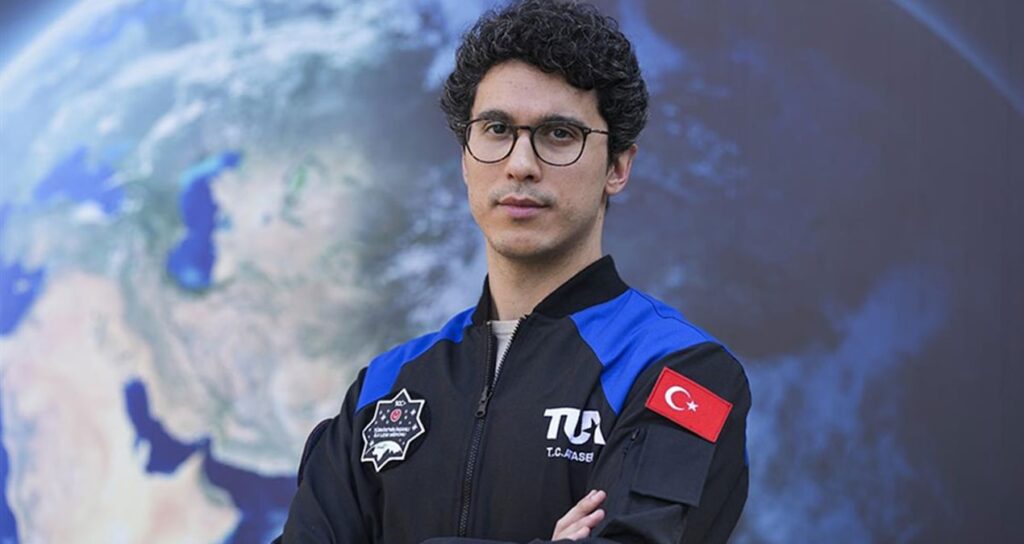Tuva Cihangir Atasever, believed to be Turkey’s second astronaut, will carry out a suborbital research flight today.
The plane carrying Virgin Galactic’s VSS Unity suborbital vehicle, which will carry the Ataseba, is scheduled to take off from its spaceport facility in New Mexico at around 8:30 a.m. local time (17.30 Turkish lira).
Estimated journey time is 1 hour 10 minutes
The six-person Galactic 07 team, with Turkey’s second astronaut Ataseba as research astronaut, also includes two US private sector astronauts and one Italian private sector astronaut and two pilots.
The suborbital vehicle, VSS Unity, is scheduled to fly for about an hour and 10 minutes, reaching an altitude of about 45,000 feet via the carrier-based aircraft and then reaching an altitude of about 90 kilometers by ignition of a hybrid-fuel rocket engine.
Atasevar will carry out seven science experiments in a microgravity environment during its free-fall phase, which will last about three minutes.
Radiation analysis, insulin pen test
The Atasebar astronaut suit for the science mission has been specially modified to carry three experimental instruments.
As part of a brain imaging experiment called “BEACON”, Atasevar will be fitted with a near-infrared spectroscopy device on his head during all phases of the flight. Thus, the blood distribution and spinal fluid dynamics in the prefrontal region of the brain will be studied. In addition to this experiment, by taking samples from Atasevar, the psychological changes and transformations caused by seeing the world from a distance will also be analyzed.
Information on radiation exposure obtained from IvmeRad radiation dosimeter experiments. In this way, it is possible to predict how much radiation people who will go to the space station in the future will be exposed to in an instant.
The Space Insulin Pen Test, a joint experiment between the Turkish Space Agency (TUA) and Axiom Space, will see two different insulin pens sent into space in special boxes to test their dose delivery efficiency in this environment for the first time. Thus, a first test will be carried out on the effectiveness of a treatment that could be applied in diabetic patients if they go to a space station that will be built in Earth orbit in a few years.
Samples are taken from ATASEVER
Within the scope of the vesicle analysis in suborbital flights, extracellular vesicles in biological samples collected from the Atacevar before and after the flight will be isolated using a specially developed microfluidic chip. In this way, the possibility of developing some adaptive therapies that could be applied in the future by astronauts before going into space will be investigated.
The Message, Metabolom and Myyeloid experiments, which were included in the mission of Turkey’s first astronaut Alper Gezerakhci, will also be carried out in the suborbital reconnaissance mission conducted by Ataseba.


